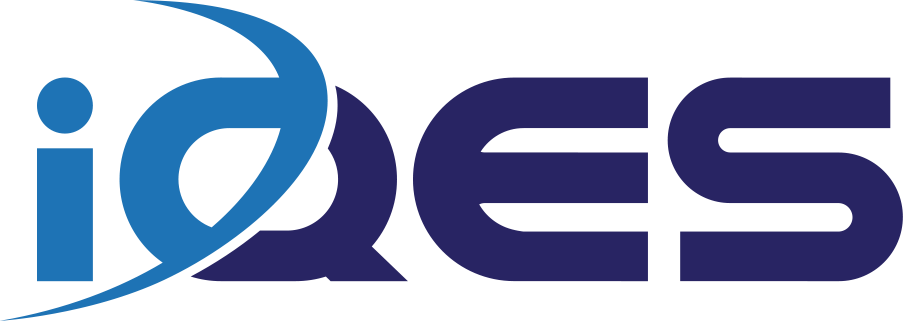SERVICES


Preventive Maintenance
Programs & Training
Preventive Maintenance Program
What is Preventive Maintenance (PM)?
- Preventive Maintenance (PM) is maintenance that is proactively performed on equipment with the goal of lowering the likelihood of failure, reducing unexpected downtime, and prolonging its useful life.
- In practice, this means regularly checking equipment for small problems and fixing them before failure can occur. Preventive maintenance activities may consist of inspections, calibrations, lubrications, adjustments, cleaning, or part replacements. As preventive maintenance activities are performed, workers also document equipment condition so they know when future maintenance may be needed.
Why Is It Important?
-
- It prevents equipment from breaking down, which can be very costly in time and money, usually resulting in thousands of dollars of revenue loss due to production lines not running effectively or not at all. At a minimum, preventive maintenance should be applied to equipment that are critical to production, where their ability to perform their job is of high importance. From there, you can expand your plan to include non-critical equipment and facilities.
Most common PM types:
-
- Calendar-based preventive maintenance: Maintenance activities are scheduled based on a specific date, or a time interval such as number of days.
- Runtime-based preventive maintenance: Maintenance activities are scheduled based on a specific measured runtime unit, such as miles, hours, or level.
- Condition-based maintenance (CbM): Maintenance is scheduled when a monitored condition characteristic of an equipment’s normal operation, such as temperature, vibration, pressure, meter readings, etc., is out of its normal measured range.
- Predictive maintenance (PdM): Maintenance is scheduled by analyzing real-time equipment data and data from previous breakdowns.
Advantages:
-
- Planning: Since maintenance activities can be planned ahead of time, you can efficiently coordinate any required parts, supplies, and labor resources before work is due.
- Improved Scheduling: PM activities can be scheduled to fit into the production schedule or during planned plant shutdowns.
- Lower Overall Maintenance Costs: Unplanned maintenance is often more expensive due to excessive downtime, loss of production, and expedited shipping fees. The cost of preventive maintenance activities is more controlled. In fact, companies typically save 12-18% on total maintenance costs
- Extend Lifespan of Equipment
Why Preventive Maintenance is Important!
Corrective Maintenance
Preventive Maintenance
When Task is Assigned
At time of asset failure
Scheduled prior to asset failure
Cost
Medium to high
Low
Savings
None, often adds to expenses
20% or more per year
Resource Deployment
At time of asset failure
• Prior to asset failure
• Orderly, cost effective
• Fits into schedule
Pros
• Requires less initial investment
• Requires less planning
• Decreases long-term costs
• Extends asset life
• Keeps maintenance teams productive
• Maximizes asset uptime
• Reduces stress
Cons
• Increases long-term costs
• Interrupts production schedule
• Schedules maintenance staff inefficiently
• Increases maintenance staff stress
• Requires higher initial investment
• Requires more planning
Example
Repairing an oven after it stops baking
Replace an oven belt before it stops running
Corrective Maintenance &
Equipment
Repair
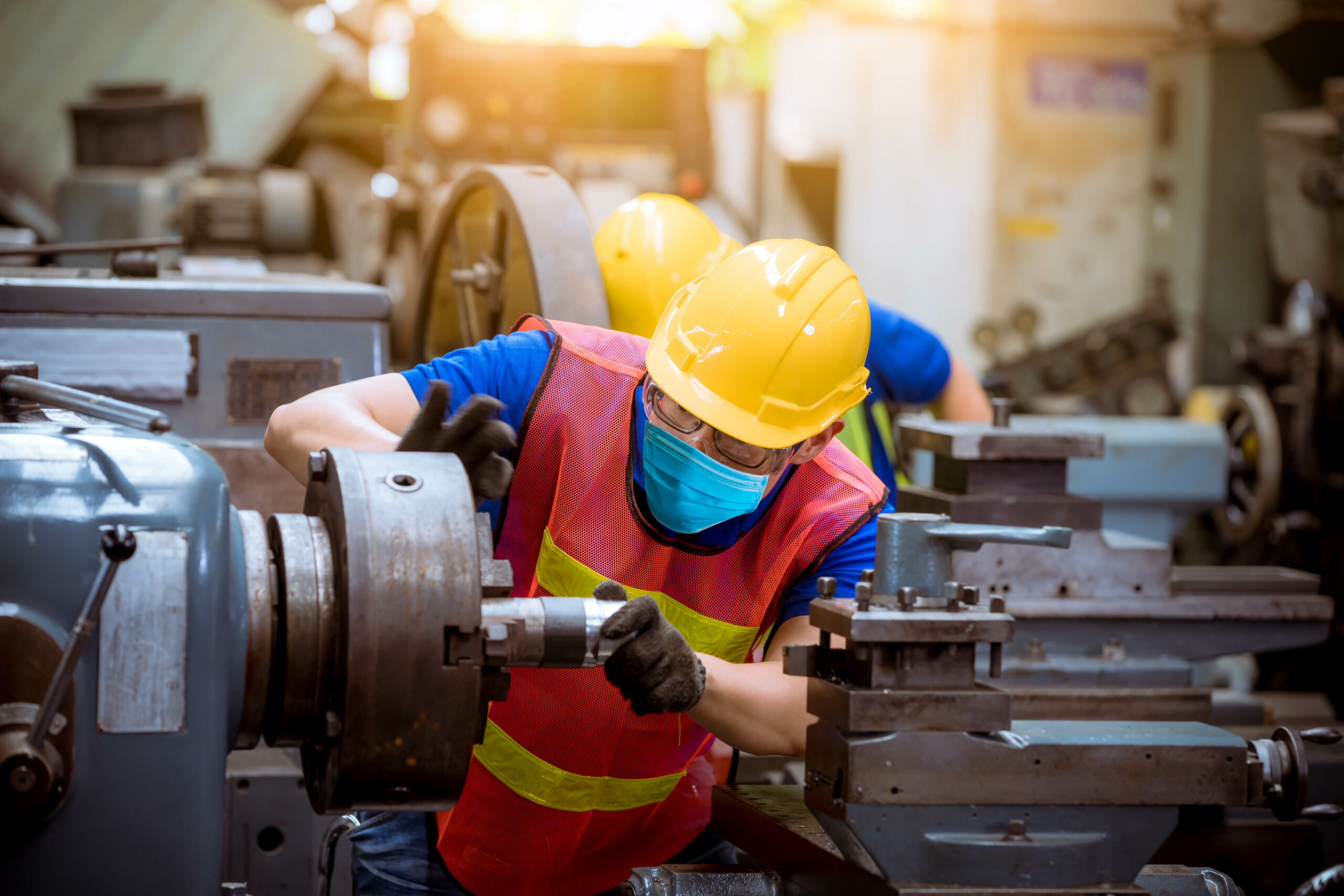

Corrective Maintenance & Equipment Repair
What is Corrective Maintenance (CM)?
- Corrective maintenance (CM) is maintenance performed to restore a non- or under-performing equipment to an optimum or operational condition.
Why Is It Important?
- It keeps equipment an/or production lines running, which will allow manufacturers to produce goods efficiently to generate revenue.
Most common CM types:
- Scheduled CM: Repair that needs to be made, but doesn’t have to be performed immediately.
- Unscheduled CM: Occurs when a repair is required immediately due to the failure of an equipment critical to production. Unscheduled corrective maintenance usually takes priority over scheduled corrective maintenance.
Advantages:
- Requires less initial investment and planning than preventive maintenance
- Simplified need-based process
- Extend lifespan of equipment after repairs are made
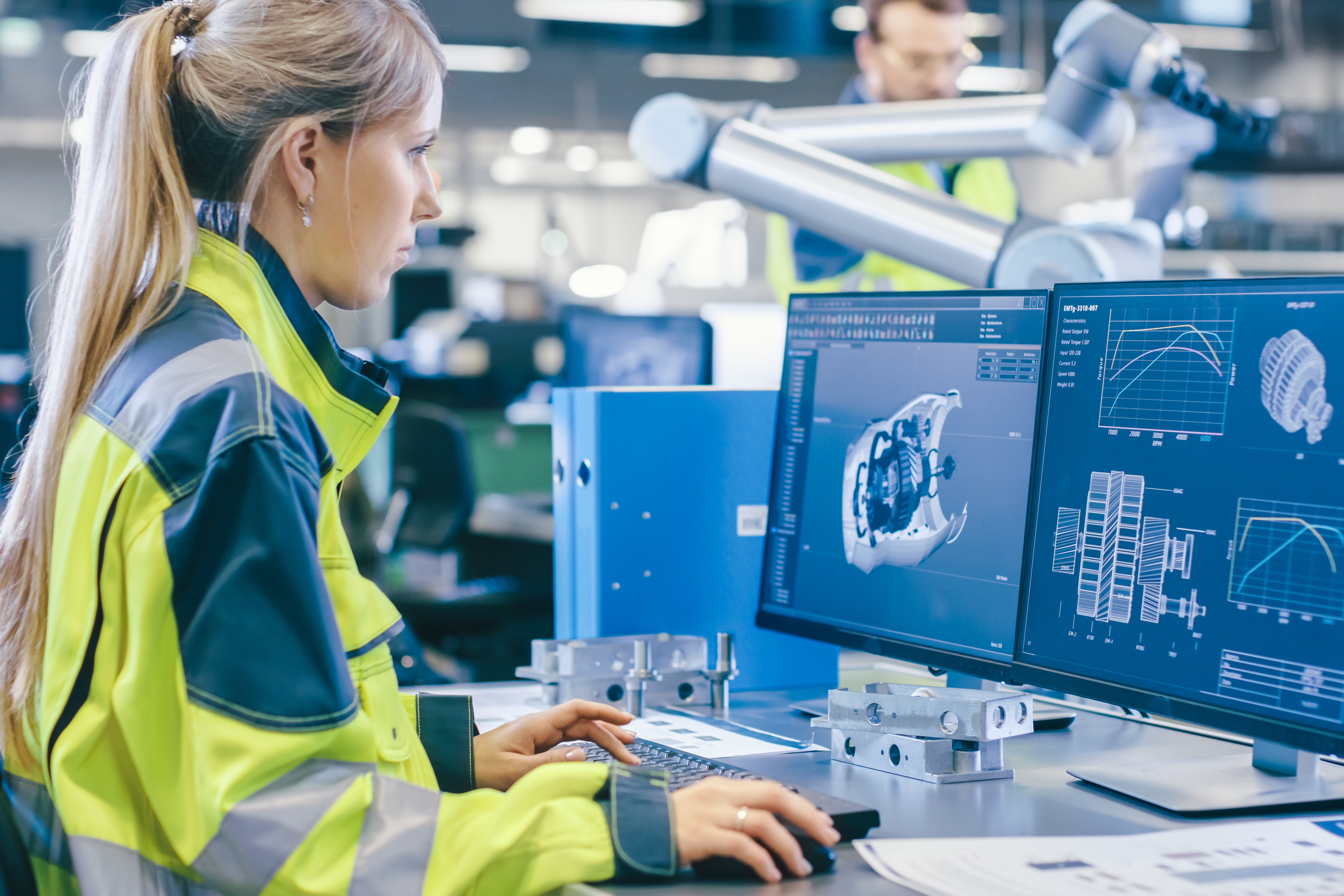

Predictive Maintenance
Predictive Maintenance & Equipment Repair
What is Predictive Maintenance (PdM)?
- Predictive maintenance (PdM) is a type of condition-based maintenance that monitors the condition of equipment using sensor devices. These sensor devices supply data in real-time, which is used to predict when the equipment will require maintenance and prevent equipment failure.
Why is It Important?
- It is the most advanced type of maintenance currently available. With time-based maintenance, organizations run the risk of performing too much maintenance or not enough. And with reactive maintenance, maintenance is performed when needed, but at the cost of unscheduled downtime. Predictive maintenance solves these issues. Maintenance is only scheduled when specific conditions are met and before the equipment breaks down.
Most common PdM types:
-
- Vibrational Analysis: Machine Speed: High | Machine Type: Mechanical | Cost: Medium
- This is the go-to type of analysis for predictive maintenance inside manufacturing plants with high-rotating machinery. Because it’s been around longer than other types of condition monitoring, it’s relatively cost-effective. In addition to detecting looseness like in the example above, vibrational analysis can also discover imbalance, misalignment, and bearing wear.
- Acoustical Analysis (sonic): Machine Speed: Low, High | Machine Type: Mechanical | Cost: Low
- This type of analysis requires less money to implement and is used for low- and high-rotating machinery. It’s particularly popular among lubrication technicians.
- According to an article by Machinery Lubrication, “Acoustic analysis is similar to vibration analysis; however, its focus is not to detect causes for rotating equipment failure by measuring and monitoring vibrations at discrete frequencies and recording data for trending purposes. Instead, acoustic bearing analysis is intended for the lubrication technician and focuses on proactive lubrication measures.”
- Acoustical Analysis (ultrasonic): Machine Speed: Low, High | Machine Type: Mechanical, Electrical | Cost: High
- While sonic acoustical analysis borders on the line of proactive and predictive maintenance, ultrasonic acoustical analysis is solely used for predictive maintenance efforts. And because it can identify sounds related to machine friction and stress in the ultrasonic range, it’s used for electrical equipment that emit subtler sounds as well as mechanical equipment. It’s argued that this type of analysis predicts imminent breakdowns better than vibration or oil analysis.
- Infrared Analysis: Machine Speed: Low, High | Machine Type: Mechanical, Electrical | Cost: Low
- This type of analysis is not dependent on an asset’s rotational speed or loudness. Therefore it’s suitable for many different types of assets. When temperature is a good indicator of potential issues, infrared analysis is the most cost-effective tool for predictive maintenance. It’s often used to identify problems related to cooling, air flow, and even motor stress.
Advantages:
-
- According to a paper by the US Department of Energy, “a well-orchestrated predictive maintenance program will all but eliminate catastrophic equipment failures.” Compared to a preventive maintenance program, cost savings are 8 to 12 percent higher; and compared to a reactive maintenance program, cost savings range from 30 to 40 percent.
- Other numbers stated by the Department of Energy include:
- Return on investment: 10 times
- Reduction in maintenance costs: 25% to 30%
- Elimination of breakdowns: 70% to 75%
- Reduction in downtime: 35% to 45%
- Increase in production: 20% to 25%
Equipment Refurbishments
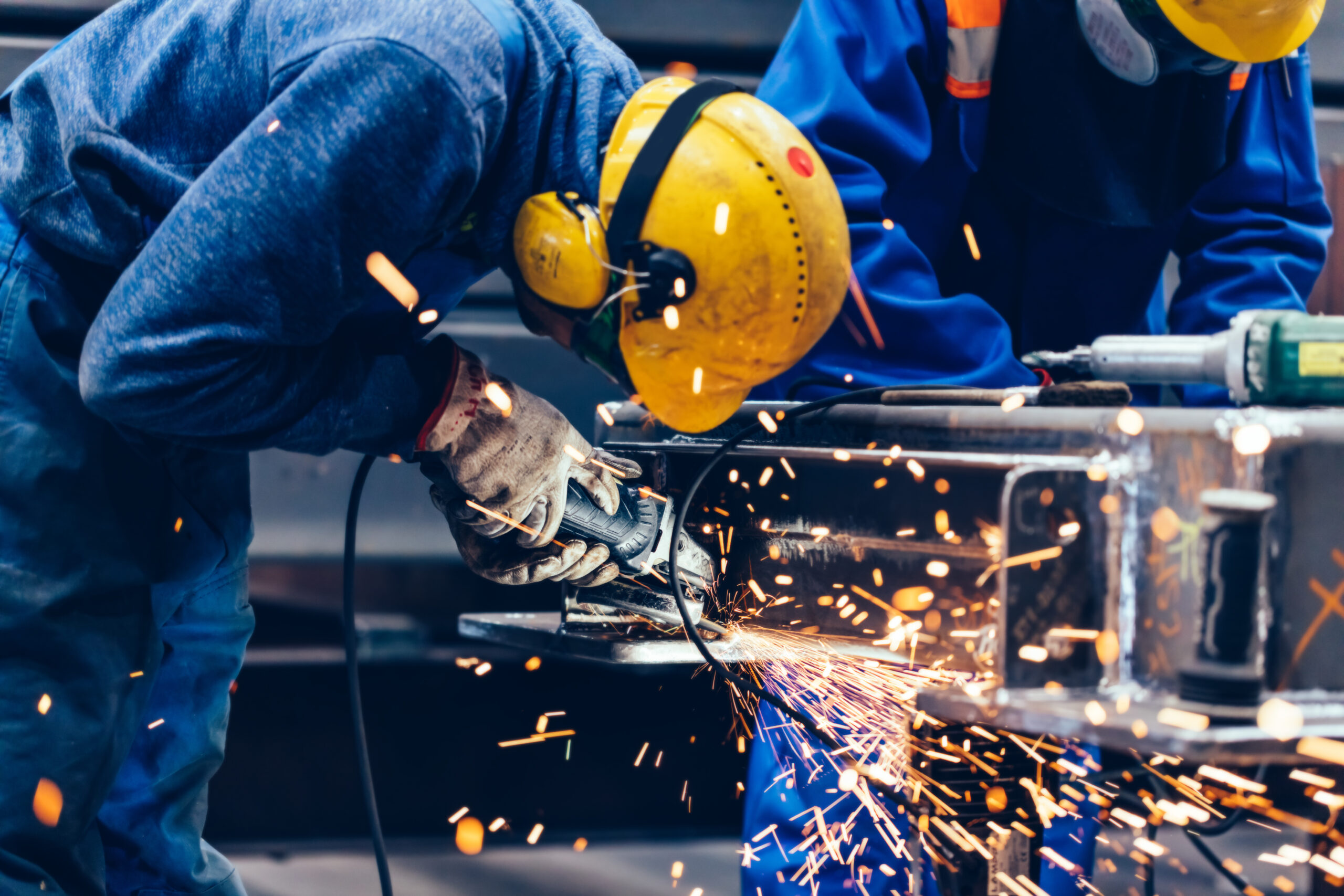

Equipment Refurbishment
What is Equipment Refurbishment?
- Equipment Refurbishment consists of reassembling and replacing components (mechanical /electrical) to restore the equipment to its state when originally manufactured.
Why Is It Important?
- Provide significant cost savings when compared to buying new. Savings can be as much as half of the cost of a new machine – funds you can then put to profitable use in other areas of your business.
- Extend lifespan of equipment after refurbishments are made
- Refurbishing also eliminates the potential downtime and worries associated with buying a used machine “as is”.
Most common refurbishment types:
- Mechanical
- Electrical
Other Advantages:
- Companies won’t have to invest time and money in training operators how to use a different machine, whether new or bought second hand
- Companies avoid the risks associated with buying an used machine “as is”.
- With our refurbishment services, you can expect performance like that provided by a brand-new machine.


Certification Compliance
Certification Compliance (CoC) – Food Safety
What is Certification of Compliance?
- A Certificate of Compliance or CoC is a formal certification declaring that a company has met a set of conditions Food safety certification is a third-party verification that products, processes or systems in the food supply chain meet accepted food safety standards.
- Food safety standards are becoming a common requirement for doing business throughout the food supply chain. Food safety certification is based on the results of tests, inspections and audits and gives confidence to the consumer because an organization’s products and/or system are being thoroughly evaluated against accepted national and international industry standards by a competent third body.
- We can help you stay certified against all food safety standards in your manufacturing plant.
Why Is it Important?
- Compliance is part of your organization’s duties to its community and stakeholders. Food safety certification is a third-party verification that products, processes or systems in the food supply chain meet accepted food safety standards
- Reliably build or maintain trust with others, including consumers governmental institutions.
- Compliance can serve as a driver of change and innovation.
- Compliance enhances consistency. A well-implemented food safety management system can help businesses consistently produce safe, quality food that meets specification.
- Product certification attests that a food product complies with the safety, fitness for use and/or interchangeability characteristics defined in standards, and in specifications supplementary to standards, where they are requested by the market.
Buy & Sell Used Equipment and Production Lines
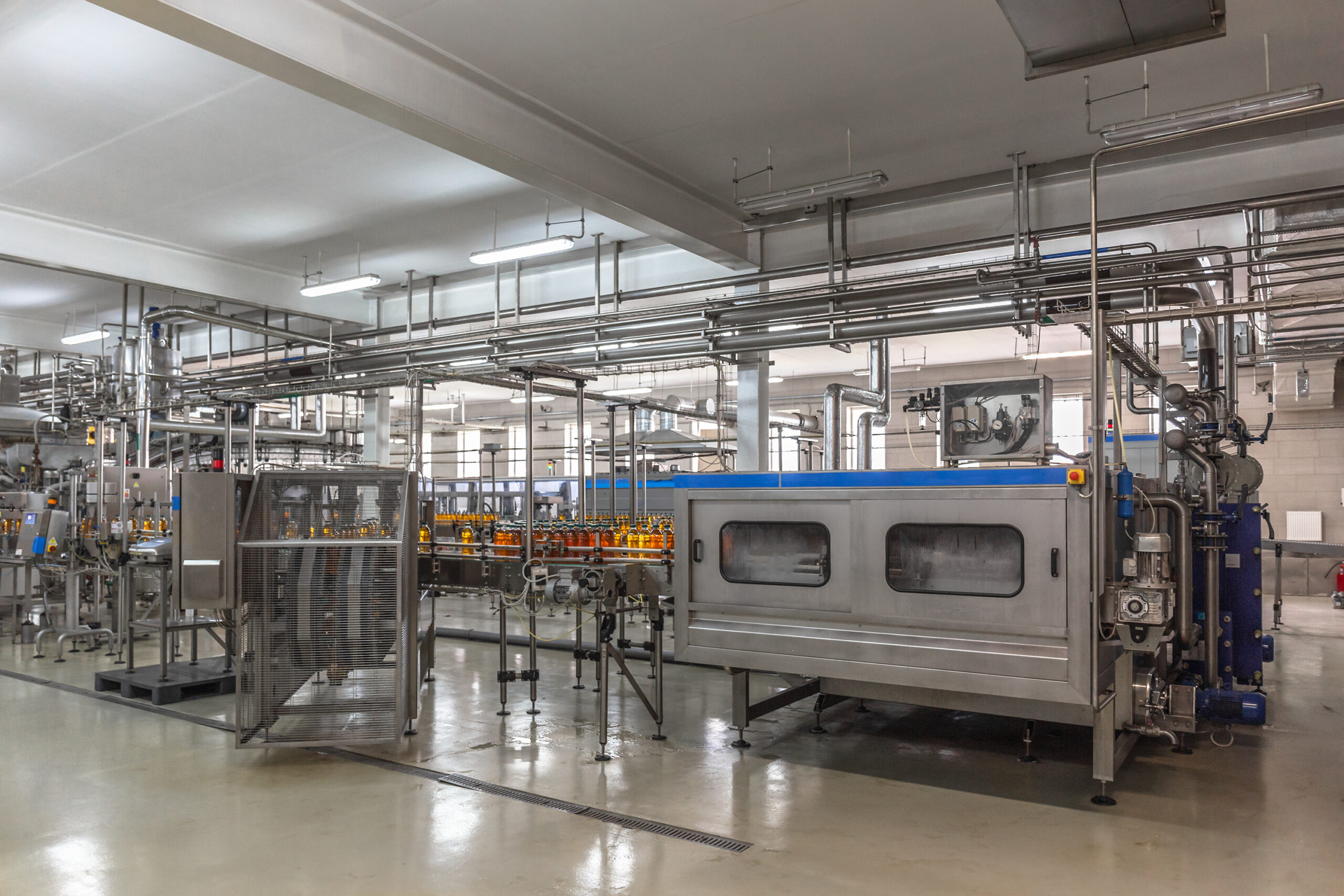

Buy & Sell Used Equipment and Production Lines
What is Buying and Selling Used Equipment and Production Lines?
- Given our extensive experience in the industry and strong customer network, we will enable a second-hand market for those manufacturers who want to sell or buy used equipment and/or production lines.
- We will actively identify highly functional secondhand equipment and production lines and resell them to you certified at a very attractive price. We will inspect and certify all equipment and product lines that you buy from us.
- Inversely, if you wish to sell your used equipment or production line, we can help you sell it at a competitive price.
Why Is this Service Important?
- Buyers will receive significant cost savings when compared to buying new equipment. Savings can be as much as half of the cost of a new machine or production lines– funds you can then put to profitable use in other areas of your business.
- Buyers don’t own the risk of buying used equipment “as is” and ultimately buying a “lemon” – We certify the used equipment and/or production lines
- Sellers don’t need to waste valuable time trying to find buyers or sell at “basement prices”; we will find you a suitable buyer


Installation Services: Mechanical, Programming, Start-up
Installations
What is Equipment /Production Line Installations?
- The installation of equipment and/or production lines involves the placement and/or setup of a fully assembled pieces of equipment or production line for use or service. It mainly consists of the mechanical installation of equipment, followed by the programming of the machines, and then the start-up of production.
Why Is it Important?
- The optimal placement and set-up of the equipment and proper functioning of the PLC programming and electrical components are key to installing your equipment so that you hit your production goals right from the start of production.
Most common types:
- Mechanical
- PLC Programming
- Start-Up
Advantages:
- Proper mechanical placement of equipment and lines in your manufacturing floor
- Effective PLC programming to ensure all equipment types communicate well with one another
- Fast start-up of production.
Project Management


Project Management
What is Project Management?
- Project management is the process of leading the work of a team to achieve all project goals within the given constraints. This information is usually described in project documentation, created at the beginning of the development process. The primary constraints are scope, time, and budget. The secondary challenge is to optimize the allocation of necessary inputs and apply them to meet pre-defined objectives.
Why Is It Important?
- Project management plays a pivotal role in helping organizations meet their business objectives. Without it, companies would have difficulty planning actionable strategies and implementing solutions to challenges as they arise. In our industry, Project Management is needed for more longer-term projects, like production line installations, that require detailed project scheduling, planning, documentation, timelines, and budget objectives.
Most common PM service jobs for food & beverage industry:
- Production Line Installations
- Special Projects
Advantages:
- Clear focus and objectives. Without effective project management, teams might start working on a project without even clearly defining the project plan.
- Realistic project planning. It is perhaps the most crucial aspect of project management that decide the fate of a project.
- Maximum resource utilization.
- Risk management.
- Quality control
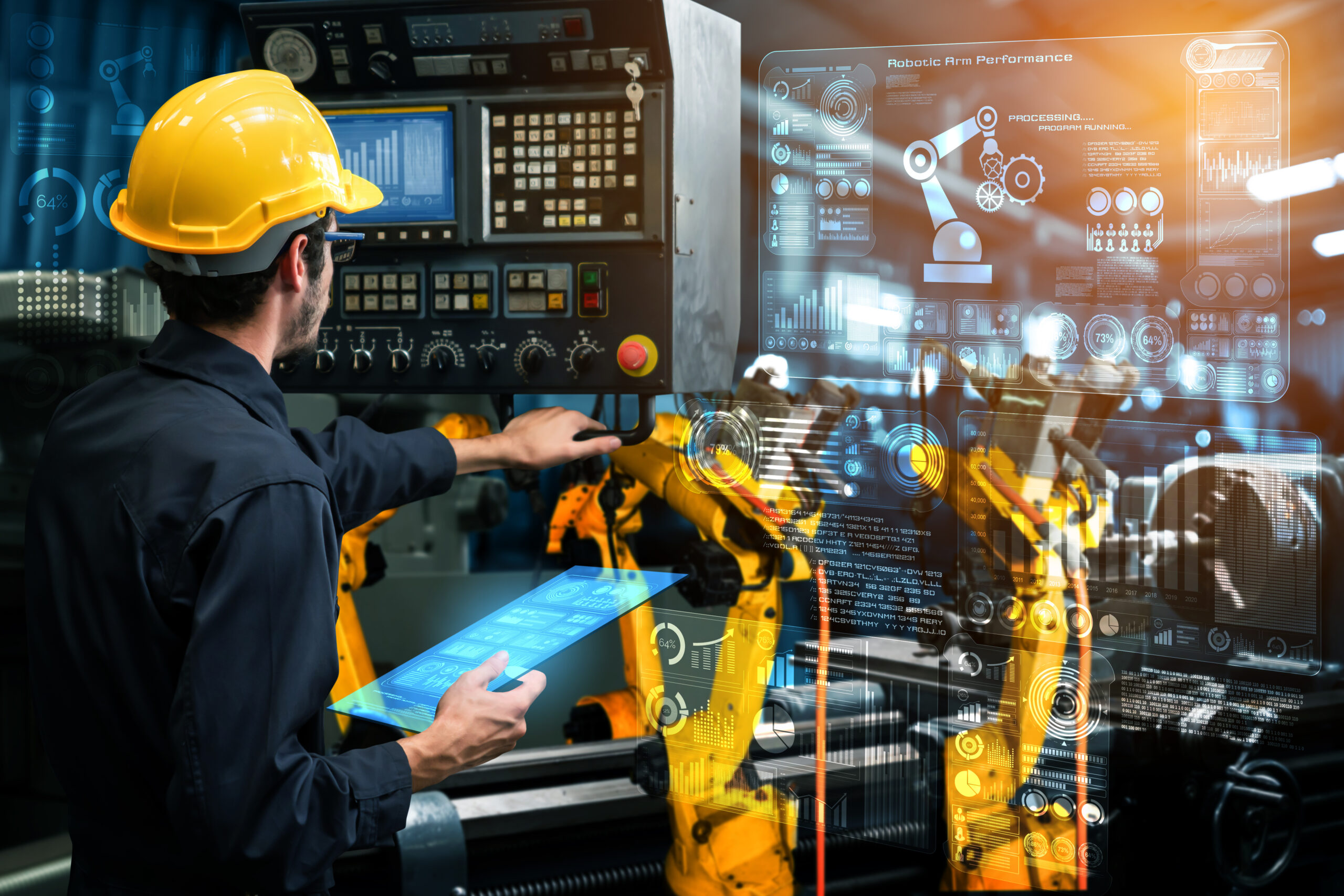

R&D Innovation Support
R&D Innovation Support
What is R&D Innovation Support?
- We will provide you with support for your R&D investment in new technologies and future capabilities, which will enable you to drive new products and processes. It is a crucial component of innovation and a key factor in developing new competitive advantages and we want to help you drive it!
Why Is it Important?
- You can gain a competitive advantage by delivering value or product efficiency that your competitors cannot easily replicate.
- Leads to improved business processes or equipment efficiency—cutting marginal costs or increasing marginal productivity, which will make it is easier for you to outpace competitors.
- R&D often leads to a new type of product – According to the Small Business Administration, this is most common in sectors such as industrial machinery, trucks and tractors, semiconductors, computing technology, and pharmaceuticals.
